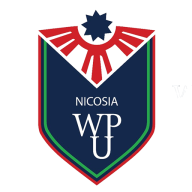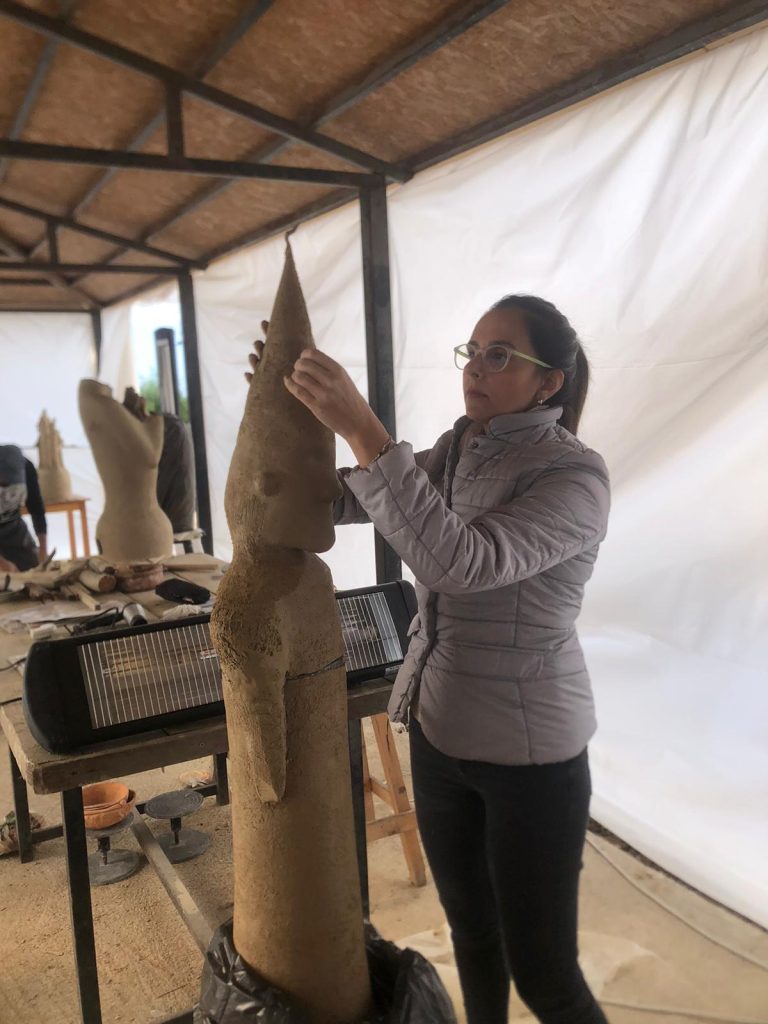Assoc. Prof. Dr., one of the academicians of our university. The 8th International Mediterranean Terracotta Symposium took place, in which Eser Keçeci took part as a participating artist.
23 artists from Turkey, Germany, Romania, Egypt, Iran, Latvia, Azerbaijan and Turkmenistan participated in the 8th International Mediterranean Terracotta Symposium organized by Lapta Alsancak and Çamlıbel Municipality and Alashia Terracotta Art Community. The print exhibition-talk and presentations were held at the Mediterranean Open Air Museum on November 26, and were introduced to the audience on the same day with a special performance and the first firing technique to be held in TRNC (On-Site Firing).
The event, which was created by reproducing the works of our cultural heritage that were taken abroad through legal or illegal means and exhibited in many countries of the world, started in Akdeniz village in September 2014 and then continued in Nicosia Bedesten and Lapta. Archaeological information was also conveyed to children in practice at the Symposiums, which pioneered the work for many years with the slogans “History Reviving”, “Alashia’s lost heritage is being revived” and “Alashia is Reborn”.
Since the experiences and abuses on the island were witnessed; When the awareness of preserving the cultural heritage increased with unqualified people by producing replicas, producing replica works was abandoned with the thought that it caused losses and abuse in the society, and the comments and creativity of the artists began to be reflected in the works. Workshops were organized for children at the symposium. Workshops continued during the symposium. Artists participating in the Symposium, which was held to draw attention to the importance of protecting Cultural Heritage and values; Ali Asgar Çakmakcı, Aysel Mirkasımova, Aziz Baha Örken, Cevdet Alparslan, Eser Keçeci Malyalı, Evrim Ergün, Fahimeh Heydari, Kaan Canduran, Kadir Sevim, Kübra Güven, Maged Zaky Hassan, Maxim Delia, Mert Kılınç., Rana Emrahova, Sinem Akın The printmaking exhibition of Kılınç, Soner Pilge, Vedia Okutan Gaydeler, Raif Kızıl, Mert Şardu, Mine Okur, and Selçuk Yalovalı can be seen in the exhibition at the Valentins Petjko Open Air Museum.
T.R. attended the conversation held on Sunday, November 26, under the moderation of National Archives Director Ejdan Grand Vizier. Ministry of Culture and Tourism, Directorate of Cultural Heritage and Museums Anti-Smuggling Department Head Zeynep Boz, Kocaeli Museums Director Serkan Gedük and Researcher-Writer Mete Hatay also participated. Mete Hatay, “Cultural Heritage from Looting to Museology”; Serkan Gedük; Zeynek Boz made presentations titled “Strengthening the Perception of Protecting Cultural Heritage for Children” and “Fighting Against Cultural Heritage Smuggling”.
Lapta-Alsancak-Çamlıbel Municipality Mayor Fırat Ataser pointed out that they have started to work to protect the surroundings of the Mediterranean Open Air Museum, to keep it alive as a historical center that can be easily perceived and monitored up close, and to strengthen its impact physically and visually by integrating it with the city.
Ataser said, “We, as the local government, are doing our natural duty as people with historical awareness,” and emphasized that they are trying to contribute to the work to bring historical sites to light, and that taking steps in terms of tourism will be for the benefit of the region and the country. Ateşin: The symposium will undoubtedly contribute to increasing awareness. Curator and Artist Ayhatun Ateşin stated that cultural heritage, which is considered as all the concrete and intangible values related to the identity, culture and history of the society, has faced constant destruction for different reasons and methods throughout the historical process. Ateşin continued: “Cultural heritage in the world is under many risks such as natural risks (disasters), human-induced risks and technical risks. The preservation of cultural heritage, which bears the traces of different civilizations over the years, should be a learning area included in primary education programs. One of the main problems that arise in efforts to preserve cultural heritage is the lack of social awareness on this issue. This Symposium on why cultural heritage is important and should be protected will undoubtedly contribute to increasing awareness. “



